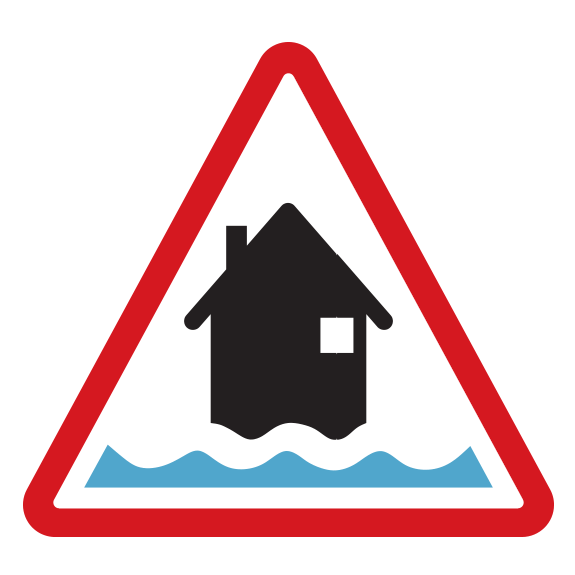Flood Insurance

Discover the comprehensive coverage offered by Flood Insurance in Texas
Flood insurance in the state of Texas provides coverage for losses and damages specifically caused by flooding, which is not typically covered by standard homeowners or renters insurance policies. Flood insurance in Texas is available through the National Flood Insurance Program (NFIP), as well as through some private insurers. Here’s what flood insurance typically covers in Texas:
Structural Damage: Flood insurance covers the structural damage to your home, including the foundation, walls, roof, floors, built-in appliances, and more. It also covers detached structures on your property, such as garages and sheds.
Contents Coverage: Flood insurance also provides coverage for the contents of your home, including personal belongings like furniture, electronics, clothing, and appliances. This coverage extends to items that are damaged or destroyed due to flooding.
Electrical and Plumbing Systems: Flood insurance typically covers damage to electrical and plumbing systems, including wiring, outlets, switches, and pipes.
Heating and Cooling Systems: It includes coverage for damage to heating, ventilation, and air conditioning (HVAC) systems due to flooding.
Built-In Appliances: Flood insurance covers built-in appliances like water heaters, refrigerators, ovens, and dishwashers that are damaged by flooding.
Cleanup and Debris Removal: The policy may include coverage for the cost of cleanup and debris removal after a flood.
Elevated Contents: In some cases, flood insurance can cover items that have been elevated above the base flood elevation, provided certain conditions are met.
It’s important to note that flood insurance typically does not cover the following:
- Damage caused by sewer backups (unless it’s a direct result of flooding).
- Landscaping, plants, and trees.
- Currency and valuable papers.
- Outdoor property like decks, patios, fences, and swimming pools.
- Damage caused by moisture, mildew, or mold that could have been avoided by the property owner.
- Loss of use or living expenses while the home is being repaired or rebuilt.
Flood insurance policies have specific limits, and the coverage amount you choose will determine the maximum payout in the event of a flood-related loss. Property owners in high-risk flood zones may be required to purchase flood insurance if they have a federally backed mortgage.
Keep in mind that there is typically a 30-day waiting period after purchasing flood insurance before it becomes effective, so it’s important to plan ahead and not wait until the last minute, especially if you live in an area prone to flooding. Additionally, flood insurance rates can vary based on factors such as the property’s location and elevation, so it’s a good idea to consult with insurance providers to determine the appropriate coverage for your needs.
